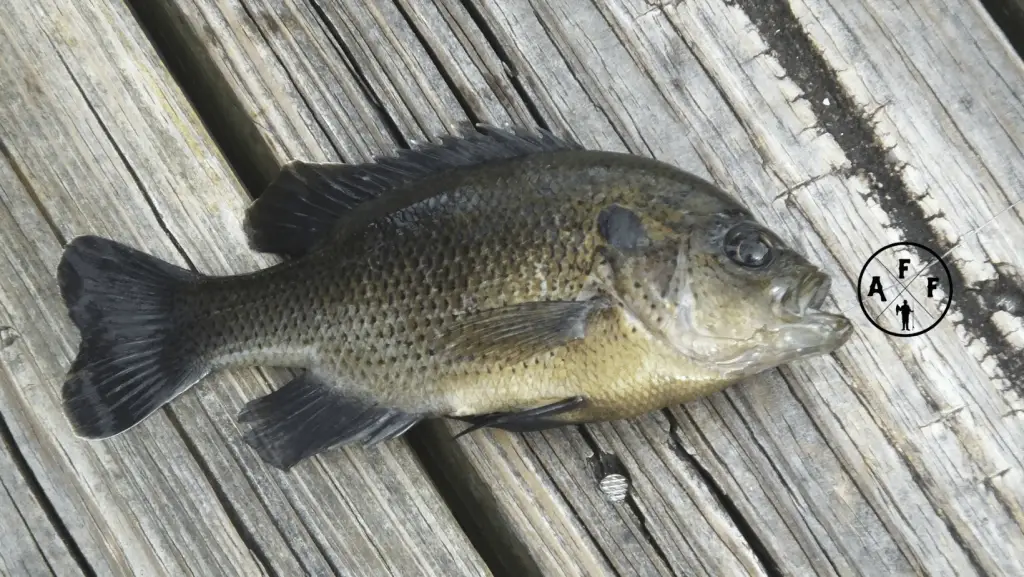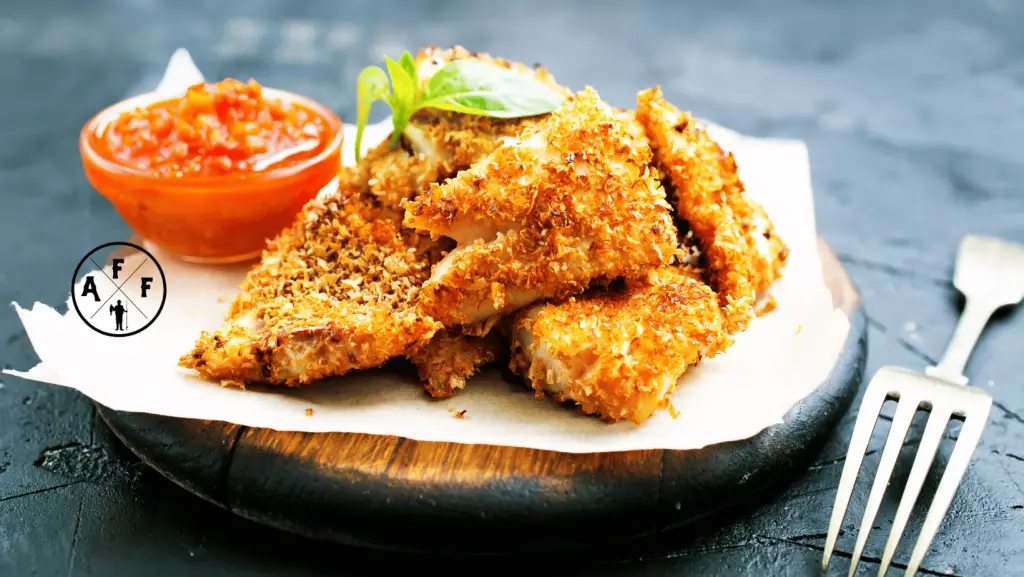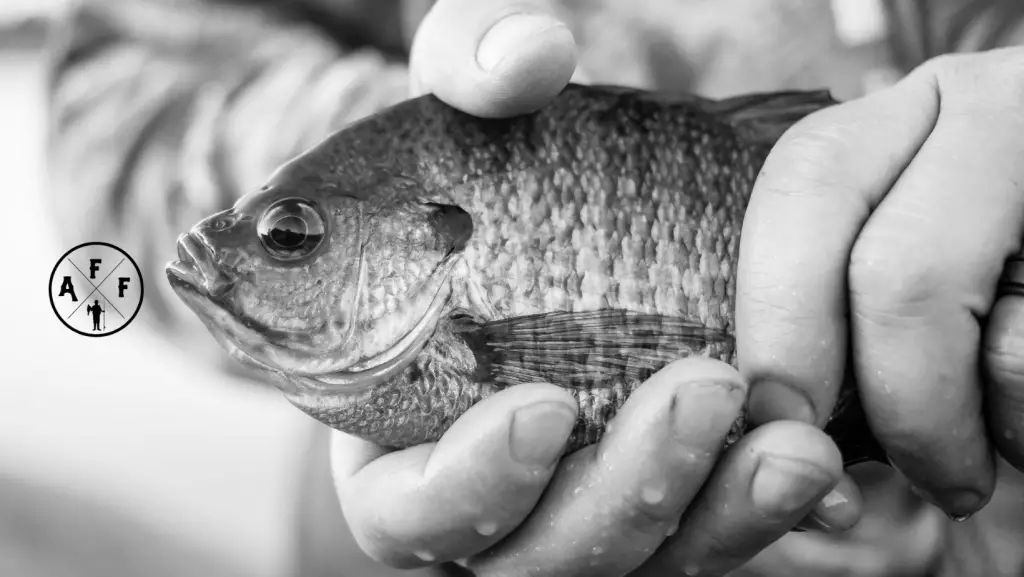
A few months ago, I started asking myself, “are bluegills good to eat”?
In this post, I’ll share my opinion on this freshwater fish – from how to catch them to how to cook them, and of course, whether they are good to eat. I’ll also provide you with three Bluegill recipes to try out!
Over the past few years, I’ve gotten more into eating freshwater fish. Until recently, I thought Crappie was the only desirable Panfish until I started researching Bluegill and actually eating Bluegill myself.
I can confidently say that Bluegills are indeed good to eat and can be pretty flavorful when cooked properly. Bluegills are good table fare for anyone looking for a tasty freshwater fish.
Does Bluegill Taste good?
Yes! Bluegill is delicious and not too far behind Crappie as being the best-tasting freshwater fish.
After researching whether Bluegill is safe to eat, I began to seek out freshwater spots to fish for them so that I could answer this question myself. I then tried a few different recipes that I will share with you.
Bluegill has a light, mild flavor similar to Crappie’s taste. The flesh is white, flaky, and delicate.
Is it Safe to Eat Bluegill?
Before eating any fish species, it is vital to do proper research to ensure it is safe.
When it comes to eating Bluegill, there are a few things that you should consider.
It would be best if you only ate them from clean bodies of water with good water quality.
Bluegills are omnivores, so they feed on other fish and insects, making them a safer choice than bottom-feeding fish that are more susceptible to diseases.
That said, Bluegill fish are safe to eat and can be a delicious addition to any meal.
Now that you know it’s safe to eat let’s get into the fun stuff: How to catch them, what bait to use, and three recipes for this freshwater fish that you can try out for yourself!
How to Catch Bluegill

Bluegill is a relatively easy freshwater fish to find. They can be found in most freshwater lakes, ponds, and rivers across the country.
The best time to catch Bluegill is in the early morning or late evening when they are most active. Bluegill is an abundant fish species in shallow freshwater bodies across North America during the summer spawning season.
The Bluegill spawn is a highly anticipated time for freshwater anglers because of the sheer number of Bluegills that can be caught during this time.
Best Bait For Bluegill
The best bait for catching Bluegill is live bait like worms, crickets, and small minnows.
Artificial lures such as crankbaits and jigs also work well, but may not be as effective as live bait.
If you’re using artificial lures, try pairing a small jig head with soft plastic to mimic the movement of a small insect or fish.
How to Cook Bluegill

Now that you have your fresh catch let’s get into the recipes!
First up is my favorite way to eat Bluegill! They are called Panfish for a reason. Just like Crappie, the most popular recipes for Bluegill fish are in a pan with a good amount of your favorite seasoning.
Pan Fried Bluegill
Heat a cast iron pan to about 350 degrees. Then batter your fresh Bluegill fillets into a fish fry batter. Next, pour enough olive oil into the pan, so the entire pan has about an eighth of an inch. Then place your battered Bluegill fillets into the pan and fry for about 5 minutes or until golden brown.
Enjoy your fried Bluegill!
Baked Bluegill Fingers
Start by preheating your oven to 375°F and lining a baking sheet with parchment paper. Mix some panko bread crumbs, parmesan cheese, garlic powder, paprika, and onion powder in a shallow bowl. Dip the fillets into an egg wash before rolling in the panko mixture and placing them onto the baking sheet. Bake for 8-10 minutes until golden brown.
Bluegill Po’Boys
Start by preparing a spicy mayonnaise mixture by combining mayonnaise, cayenne pepper, garlic powder, and onion powder in a bowl. Preheat your oven to 425°F and line a baking sheet with parchment paper. Dip the fillets into an egg wash before rolling in some panko bread crumbs and baking for 10 minutes until golden brown. Toast some hoagie rolls and assemble the sandwiches by adding the Bluegill fillets, lettuce, tomato slices, and spicy mayo.
Crappie vs. Bluegill
Two of the most popular Panfish to eat are Crappie and Bluegill. So, naturally, people ask which fish is better tasting.
In my opinion, Crappie takes the crown for being the best-tasting Panfish.
I have eaten Crappie more often than Bluegill, so perhaps I have discovered better recipes for the former, but all in all, Crappie taste is hard to beat for both saltwater and freshwater species.
Perch vs. Bluegill
Another comparable freshwater species to Bluegill is Perch.
Perch usually has a more robust flavor than Bluegill due to its higher fat content. The flesh is light, flaky, and mild, with a sweet buttery taste that some people prefer over Crappie and Bluegill.
For me, I prefer Bluegill taste to Perch. Of course, it comes down to personal preference, just like any other food debate.
Both species are good to eat and can be used in various recipes. To conclude, there is no right or wrong answer as to which species tastes better – it all comes down to personal preference!
Common Questions Related to Bluegill
On my journey to find out whether Bluegill tastes good, I have asked myself a few questions that I will provide the answers to below.
Is Bluegill Healthy to Eat?
Yes, Bluegill fish is a very healthy and nutritious food. It’s low in calories, contains omega-3 fatty acids, and is an excellent source of protein.
It’s also packed with essential vitamins and minerals like B12, selenium, zinc, phosphorus, and magnesium.
What are other names for Bluegill fish?
Other common names for Bluegill fish include Bream, Brim, Sunny, and Coppernose.
Can You Eat Bluegill Raw?
No, it is not safe to eat raw Bluegill. You should cook Bluegill thoroughly before consumption.
Are Bluegill Poisonous?
No, Bluegill are not poisonous.
What size should a Bluegill be to eat?
A Bluegill should be at least 4-6 inches long to be safe and suitable for eating.
How Many Bluegills Make a Meal?
It depends on the size of the fish, but typically you would need three or four 4-6 inch Bluegills to feed one person.
Can You Eat Bluegill from A Pond?
Yes, you can eat Bluegill fish that come from a pond. However, it is essential to check the pond’s water quality to ensure it is safe enough for consumption.
Is Bluegill high in mercury?
No, Bluegill is not high in mercury. It’s a safe fish to eat, and you can consume it without any worries about getting mercury poisoning.
Final Words on Are Bluegills Good to Eat or Not

Bluegill is a popular freshwater fish that can be cooked in various ways. They are also fun fish to catch while not being too much of a challenge for beginner anglers.
Be prepared with a proper rod and reel combo and the correct tackle to give yourself the best chance of catching and eating Bluegill.
If you are looking for a tasty freshwater species that is easy to catch and fun to cook, Bluegill is an excellent choice!










